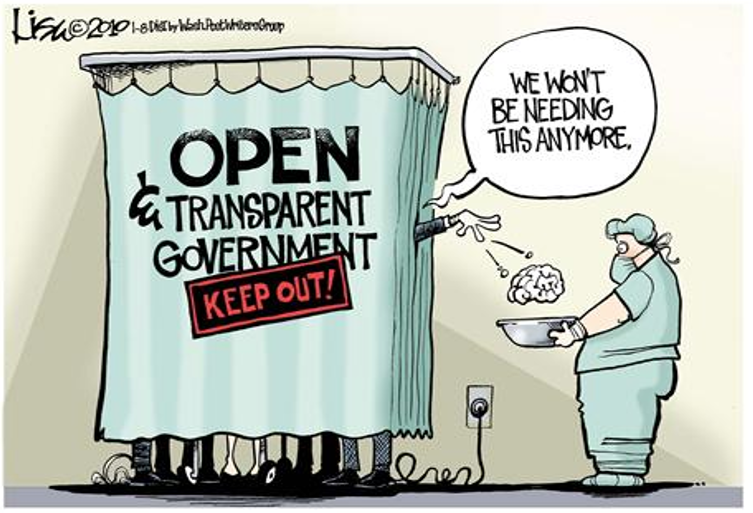CommentsLA WATCHDOG--The Department of Water and Power is planning a series of outreach meetings with Ratepayers and other interested parties to discuss the Los Angeles 100% Renewable Energy Study (“LA100”) that outlines various plans that will provide City residents and businesses with reliable 100% clean renewable energy by 2045.
However, this DWP sponsored study by the highly regarded National Renewable Energy Laboratory is very complex, offers many different scenarios accompanied by cluttered graphs, and is very difficult to understand unless you are real lightbulb or have a doctorate from Cal Tech or MIT.
Any presentation by DWP needs to understandable to the ordinary Ratepayer, especially as it relates to rates, the impact on their bills, and other related costs, including investments in roof top solar, batteries, and energy efficiency. And rather than confusing us with numerous alternatives, the Department should select one of the many plans, preferably the high cost $86 billion scenario, and use it as the base case.
Interestingly, the major environmental benefits of the LA100 plan are derived from the electrification of the transportation and building sectors of our economy. Once these savings are realized, the incremental costs of reaching 100% renewable energy are extremely expensive. For example, achieving the last 10% of renewable energy may comprise up to 25% ($20 billion) of the total cost, implying that the incremental cost per ton emissions saved is very expensive and an inefficient use of Ratepayer money.
The Department must also outline the risks associated with the introduction of new technologies, especially those related to the use of green hydrogen as a source of energy. We also need a better understanding of possible cost overruns and delays, including those involving the construction of high voltage transmission lines.
LA100 also assumes that Ratepayers will invest in rooftop solar and batteries. But these investments do not appear to be economic, raising the question of why Ratepayers would invest their hard earned cash. As part of its presentation, the Department needs to demonstrate why these investments, as well as those in energy efficiency, are worthwhile from a financial point of view.
In discussing the impact of LA100 on our power rates and bills, the Department also needs to factor in the costs associated with its Strategic Long Term Resource Plan, its expensive initiative to upgrade the distribution grid, and its Power System Reliability Plan.
Importantly, any presentation must include the written analysis of the Ratepayers Advocate, which must be in easy to understand “Plain English” as recommended by Warren Buffet, one of the largest owners of utilities in the country.
Ratepayers deserve and require transparency. After all, we are paying the bill.
****************************
The Executive Summary and the 12 Chapters of the Full Report (a separate tab) of The Los Angeles 100% Renewable Energy Study is over 1,300 pages. The High Level Finding summary is only 10 pages and will provide a reasonable overview of this very complex study.
(Jack Humphreville writes LA Watchdog for CityWatch. He is the President of the DWP Advocacy Committee and is the Budget and DWP representative for the Greater Wilshire Neighborhood Council. He is a Neighborhood Council Budget Advocate. He can be reached at: [email protected].)
-cw
















